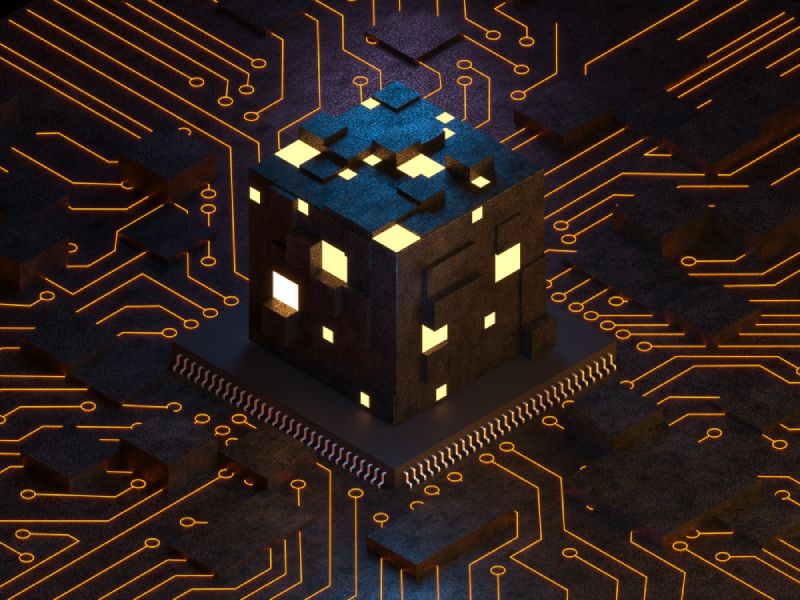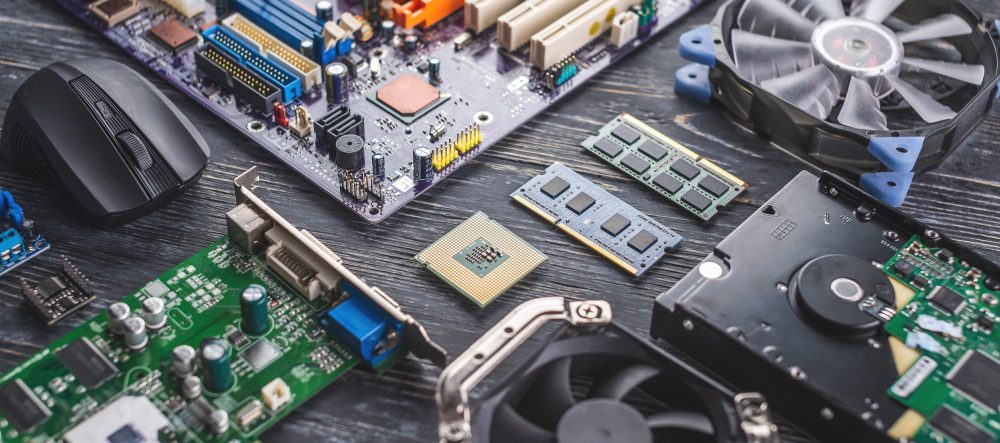The Role of the Motherboard in Cryptocurrency Mining
Cryptocurrency mining is a process of verifying transactions on a blockchain network by solving complex mathematical calculations through a computerized process. Cryptocurrency miners use special hardware and software to solve these calculations and earn new coins as a reward. The motherboard is one of the essential components of a cryptocurrency mining rig. It is the central component that connects all other hardware components and provides the necessary power to run the mining operations.
Choosing the Right Motherboard for Cryptocurrency Mining
When it comes to choosing a motherboard for cryptocurrency mining, there are specific factors that miners need to consider. One of the most important factors is the number of PCIe slots the motherboard has. PCIe slots are used to connect the mining GPUs to the motherboard. The more PCIe slots a motherboard has, the more GPUs it can support, and the higher the mining power.
Another critical factor to consider is the power delivery system of the motherboard. This is important because cryptocurrency mining rigs consume a lot of power, and a motherboard with a weak power delivery system can cause stability issues and damage to the components.
What Kind of Motherboard is Needed for Mining?
Cryptocurrency mining requires a motherboard that supports multiple graphics cards, as most mining algorithms are processed more efficiently by GPUs rather than CPUs. Here are some considerations to keep in mind when choosing a motherboard for a mining rig:
- Number of GPU Slots: You’ll want a motherboard with enough PCIe slots to accommodate as many GPUs as you plan to use. Some specialized mining motherboards support up to 19 or more GPUs, though these are less common.
- Durability: Mining can run components hard, 24/7, for extended periods of time. A motherboard with robust construction and quality components can be more reliable in the long run.
- Chipset and CPU Compatibility: The motherboard should support a compatible CPU. However, the performance of the CPU is less critical in a mining rig, so a basic, compatible CPU should suffice.
- Sufficient RAM Slots: While mining doesn’t typically require a lot of RAM, you will still need enough to run your operating system and mining software smoothly. A motherboard with at least two RAM slots should be sufficient.
- Size and Form Factor: The size of the motherboard (ATX, Micro-ATX, etc.) will determine the size of the case and the amount of space you’ll have for GPUs and other components.
- BIOS Features: Some motherboards offer BIOS features that may be helpful for mining, like the ability to boot without a GPU or the ability to manage fan speeds.
Popular motherboards for mining often come from well-known manufacturers like ASUS, ASRock, MSI, and Gigabyte. Specialized mining motherboards, like the ASUS B250 Mining Expert or the ASRock H110 Pro BTC+, have additional features specifically designed for mining rigs.
Remember, mining is a complex task that requires a lot of power and generates a lot of heat. It’s important to consider power supply quality, cooling solutions, and physical space when setting up a mining rig. Also, always ensure that mining is legal and compliant with local regulations and electrical codes before starting.
Overclocking the Motherboard
Overclocking is a process of increasing the clock speed of the motherboard and other hardware components to achieve higher mining performance. Motherboards with robust power delivery systems and efficient cooling solutions are excellent options for overclocking. However, overclocking can cause excessive heat generation, and miners need to ensure that the component temperatures remain within safe limits.
Motherboard Compatibility and Upgradability
When building a cryptocurrency mining rig, it is important to choose a motherboard that is compatible with the hardware components used. Miners need to ensure that the motherboard has the necessary slots and connectors for the components they plan to install. Moreover, the motherboard should also be upgradable to support future hardware upgrades.
Conclusion
In conclusion, the motherboard is a critical component of a cryptocurrency mining rig. Miners need to choose a motherboard that has enough PCIe slots to support multiple GPUs, a robust power delivery system, and efficient cooling solutions for overclocking. It is also important to ensure that the motherboard is compatible with other hardware components and can be upgraded in the future. With the right motherboard, miners can significantly increase their mining power and earn more cryptocurrency rewards.



